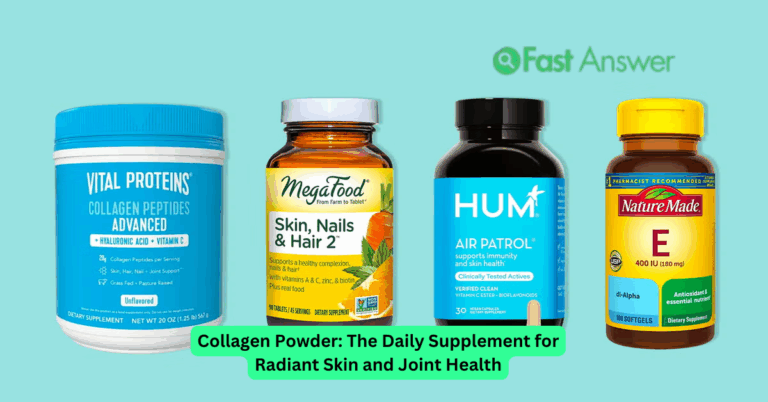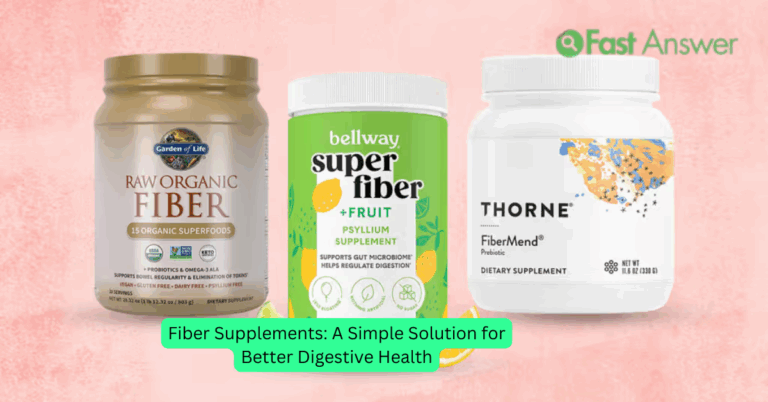Best Practices for Health Data Privacy: Protecting Sensitive Information
In today’s digital age, health data privacy has become a critical concern. With increasing amounts of personal health information being stored and shared online, safeguarding this data is more important than ever. Health data, including medical records, test results, and personal health information, is highly sensitive and needs to be protected from unauthorized access, theft, or misuse. For healthcare providers, businesses, and individuals, understanding and implementing best practices for health data privacy is essential to ensure compliance with legal requirements and to maintain trust with patients. This article explores essential practices to protect health data privacy and secure sensitive health information in an increasingly interconnected world.
Understand and Comply with Legal Regulations for Health Data Privacy
One of the first steps to ensuring health data privacy is understanding and complying with relevant laws and regulations. In the United States, for example, the Health Insurance Portability and Accountability Act (HIPAA) provides a set of rules for protecting patient data. HIPAA mandates that healthcare organizations implement safeguards to protect personal health information (PHI), including encryption, access controls, and employee training. Other countries have similar regulations, such as the General Data Protection Regulation (GDPR) in the European Union, which ensures that health data is handled with care and transparency. Adhering to these legal frameworks helps prevent data breaches and protects the privacy of individuals.
Use Strong Encryption to Secure Health Data
Encryption is one of the most effective tools for ensuring the privacy and security of health data. Encrypting data, both at rest (stored data) and in transit (data being transferred), helps prevent unauthorized access even if a data breach occurs. Strong encryption algorithms ensure that only authorized parties with the appropriate decryption keys can access sensitive health information. Healthcare providers and businesses should implement encryption protocols for all digital records, including emails, files, and databases containing personal health information. Additionally, encrypting devices such as mobile phones, laptops, and servers can provide an extra layer of protection against data theft.
Limit Access to Health Data Based on Need-to-Know
One of the key principles of health data privacy is ensuring that only authorized individuals have access to sensitive information. Implementing role-based access control (RBAC) allows organizations to limit access to health data based on job roles and responsibilities. For example, a doctor may need access to a patient’s complete medical history, while administrative staff may only require access to scheduling or billing information. This minimizes the risk of unauthorized access and reduces the chances of data misuse. Additionally, healthcare providers should regularly review and update access permissions to ensure that only current, authorized personnel can access health data.
Educate and Train Employees on Data Privacy Best Practices
Even the best technical safeguards are ineffective if employees are unaware of or do not follow proper data privacy protocols. Educating and training staff members on best practices for handling health data is essential to maintaining privacy. Employees should understand the importance of securing sensitive information, recognizing phishing attempts, and following the organization’s data access policies. Regular training sessions can help ensure that staff are up to date on the latest security threats and compliance requirements. Fostering a culture of data privacy within the organization promotes vigilance and accountability in handling patient information.
Regularly Monitor and Audit Health Data Access
To maintain high standards of data privacy, healthcare organizations should regularly monitor and audit health data access. This includes tracking who accesses health information, when it is accessed, and for what purpose. Automated logging systems can provide real-time reports on data access activities, making it easier to detect any unusual or unauthorized activity. Regular audits help identify potential vulnerabilities, enforce data protection policies, and ensure compliance with regulatory standards. By keeping a close eye on access patterns, healthcare organizations can act quickly to mitigate potential privacy breaches and enhance the security of health data.
FAQs
Q1: What are the consequences of not protecting health data privacy?
Failure to protect health data privacy can lead to severe consequences, including legal penalties, loss of trust, financial losses, and reputational damage. Organizations may face fines for non-compliance with regulations like HIPAA or GDPR, and data breaches can result in lawsuits and loss of patient confidence.
Q2: How can I protect my personal health data as an individual?
As an individual, you can protect your personal health data by using strong passwords, avoiding public Wi-Fi networks for accessing medical records, and being cautious about sharing health information online. Additionally, consider using health apps that prioritize encryption and data security.
Q3: How does encryption protect health data?
Encryption converts data into an unreadable format unless it is decrypted with a specific key. This ensures that even if health data is intercepted during transmission or while stored, it cannot be accessed or understood without proper authorization.
Q4: What is role-based access control (RBAC) in health data privacy?
RBAC is a system that restricts access to sensitive health data based on the roles of users within an organization. Employees are only granted access to the data they need to perform their job, which reduces the risk of unauthorized access and data breaches.
Q5: Are there any tools that can help with health data privacy?
Yes, there are many tools available for managing health data privacy, including secure encryption software, monitoring systems, and access control platforms. Healthcare organizations can also use compliance management tools to ensure adherence to privacy regulations.


